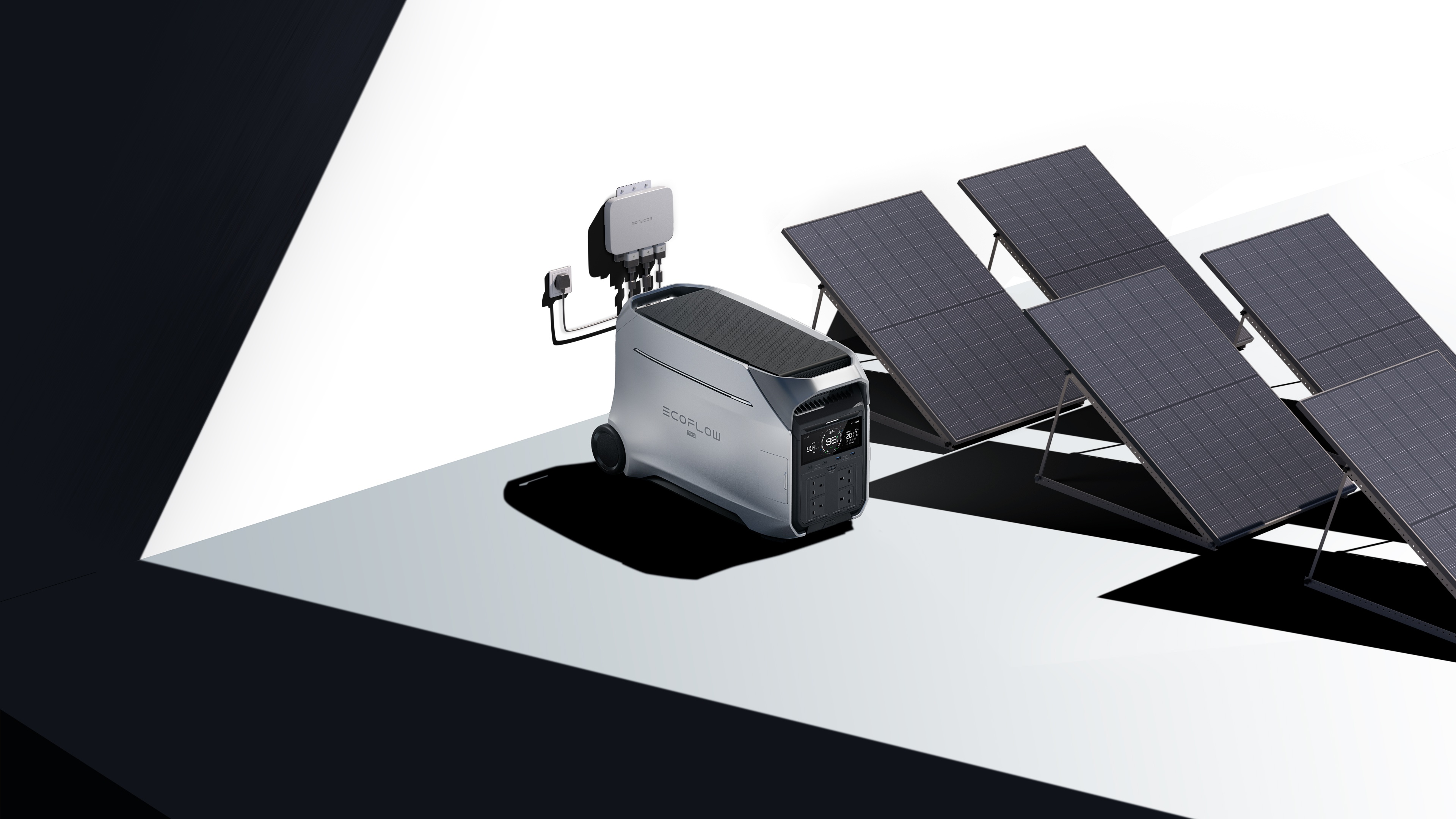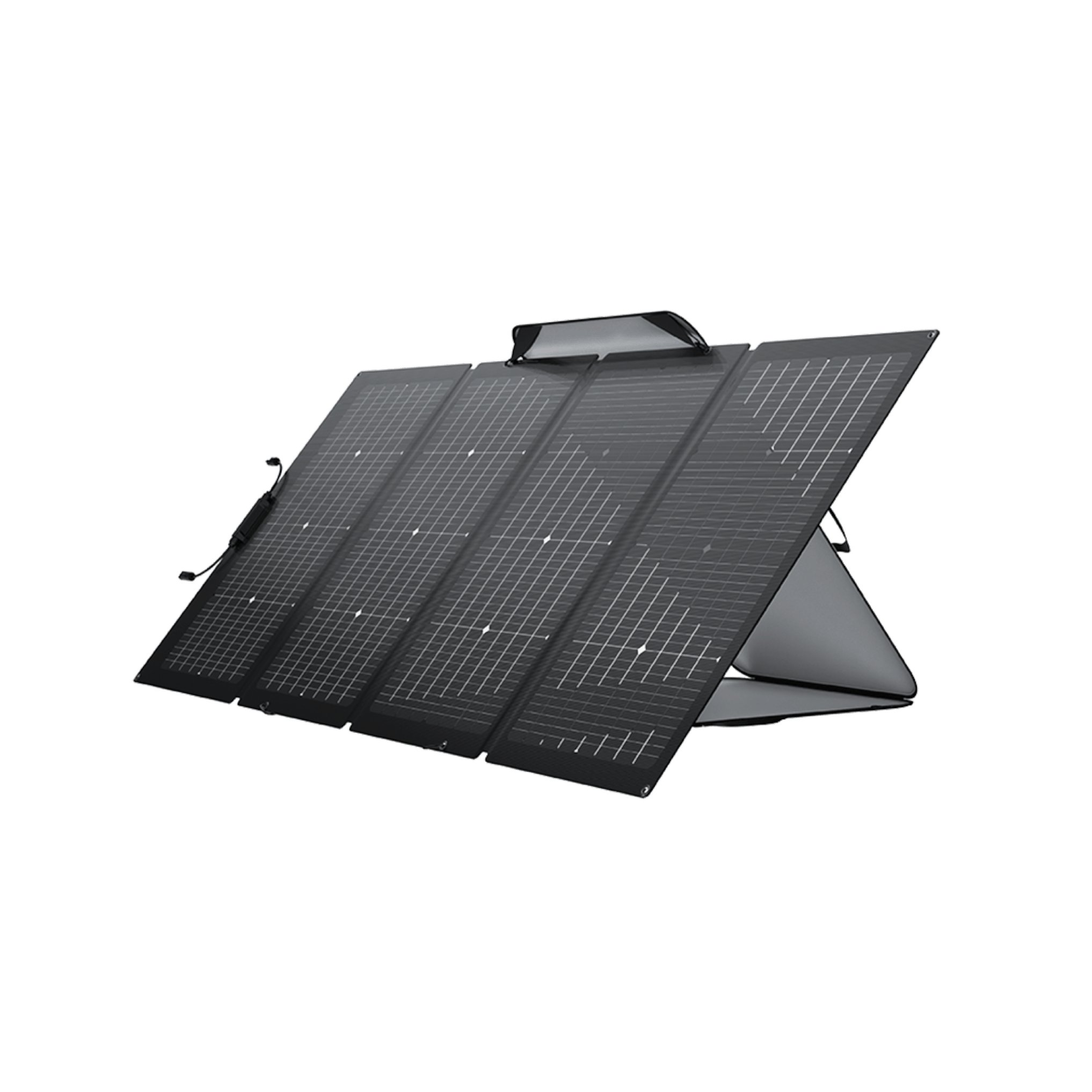A Complete Guide to Net Metering with Grid-Tied Solar
Imagine getting an electric bill that pays you instead of charging you. That’s what is occurring for a lot of individuals who have solar panels installed on the regular power grid through net metering. With the cost of electricity increasing and everyone wanting to save the earth, solar energy is a smart thing to do in terms of money saving and saving the world.
Exploring Grid-Tied Solar Systems
A grid-tied solar system describes a setup when your solar panels are connected into the typical electrical power grid and feed power directly to your residence. As compared to solar setups that involve using batteries, in this system the power grid becomes a large, invisible battery. This permits free flow of electricity between the company and your house.
How Grid-Tied Systems Work
When sunlight hits your solar panels, they create electricity, called direct current (DC). Then, a device called an inverter changes that DC power into alternating current (AC), which is what your appliances use. On sunny days, your system often makes more power than you need. That extra power doesn’t go to waste; it goes back into the power grid, making your electric meter run backward.
This back-and-forth with the power grid is what makes net metering work. Homeowners get credit for any extra power they send back to the grid, and they can pull power from the grid when they need it, like at night or when it’s cloudy.


What’s in a Grid-Tied System?
One of the great things about these systems is that they’re pretty simple compared to solar setups that use batteries. A typical system includes:
- Solar Panels: These come in different types:Monocrystalline: Most efficient, but cost more.
- Polycrystalline: A good mix of cost and efficiency.
- Thin-film: Flexible and work well in some situations, but not as efficient.
- Inverter: This changes the DC electricity from the panels into AC electricity that you can use. There are different kinds:String inverters: Cheapest option if all your panels get the same amount of sun.
- Microinverters: Best if some panels are facing different directions or get shaded.
- Power optimizers: A compromise between the two.
- Mounting Hardware: These are what hold your panels securely to your roof or the ground.
- Metering Equipment: This keeps track of the electricity going back and forth between your house and the grid. Usually, the power company installs a special meter that can measure both directions.
Modern grid-tied systems don’t need much upkeep and can last for 25 years or more. You might need to clean them occasionally and have them inspected. Because they last a long time and the cost of installing them is going down, they’re becoming a really appealing option for homeowners who want to be more independent with their energy.
What is Net Metering?
Net metering is the way you get paid for the extra electricity your solar panels send back to the power grid. It’s what makes having solar panels financially smart for many homeowners.To gain a more comprehensive understanding of this important solar incentive, it’s helpful to explore in greater detail what net metering in solar power is.
How Net Metering Works
Basically, when your solar panels make more electricity than you’re using in your house, the extra power goes back into the grid. Your electric meter keeps track of this, and you get credit on your bill for it. Then, when your solar panels aren’t making enough power (like at night), you use electricity from the grid and use up those credits.
Understanding the “Net” in Net Metering
The “net” in net metering is the difference between the electricity you draw from the grid and the electricity you put back into it. If everything goes according to plan, those two numbers will exactly cancel each other out, and you would only have to pay a nominal fee for being on the grid.
Net Metering Policies Across the US
Net metering rules aren’t the same everywhere. They change from state to state, and even between different power companies in the same state. Some places give you full credit for any extra power you send back. Others pay you less.
States like California, New Jersey, and Massachusetts usually have good net metering rules, but those rules can change as power companies deal with more and more people using solar power. Some areas are starting to use “net billing.” With net billing, you get paid less for the extra power you send back than what you pay for the power you get from the grid.
Before you get solar panels, it’s important to check the rules from your local power company, because they can change how much money you save. The DSIRE (Database of State Incentives for Renewables & Efficiency) website has the latest info on net metering rules across the country.
How Net Metering Saves You Money
Net metering is a game-changer for homeowners with solar panels because it helps you get the most value out of the electricity your system generates. If you want to supplement your larger system, or have a smaller use case to offset, a product like the EcoFlow RIVER 2 Pro 220W Portable Solar Panel might be a good option.


Figuring Out Your Savings
How much you save depends on a few things:
- Size of Your Solar System: Bigger systems make more power.
- Your Energy Use: When you use electricity compared to when your system is making it matters.
- Local Electricity Costs: Higher electricity prices mean bigger savings.
- Net Metering Payouts: You either get full credit for the electricity you send back to the grid, or a lower rate.
Reading Your Electric Bill
With net metering, your monthly bill breaks down how much electricity you used and how much you generated. You’ll usually see:
- Electricity you pulled from the grid (in kWh)
- Extra electricity you sent back to the grid (in kWh)
- Your net usage (the difference between the two)
- Any credits you’ve built up from past bills
Many power companies have websites where you can keep an eye on how much electricity your solar panels are making, how much you’re using from the grid, and how much you’re saving. This helps you use your energy more efficiently.
Credit Rollover and Yearly Review
Most net metering programs let you roll over unused credits from month to month. Depending on your power company’s rules, at the end of the year, you might:
- Get paid for any extra credits you have (usually at a lower, wholesale rate).
- Lose any credits you didn’t use.
- Keep rolling over your credits forever.
The yearly review usually happens on the anniversary of when your solar panels were connected to the grid. But some power companies use the calendar year or other set dates.
Connecting Your Solar System to the Grid
Connecting your solar panels to the grid is important. This process makes sure your system works safely with the power company’s grid and follows all local rules.
- Apply: Send in the required paperwork to your power company. Include all the details about your system and electrical diagrams.
- Get Approved: Wait for permission to install your system. This could take 2-8 weeks, depending on the power company.
- Install: Hire professionals to install your system.
- Get Inspected: Schedule inspections with your local building department and the power company.
- Meter Installation: The power company installs a special meter that measures electricity flowing in both directions, if needed.
- Get Permission to Operate (PTO): This is the final approval that lets you turn on your system.
The whole process usually takes one to three months. Working with experienced solar installers who know the local rules can help you avoid delays.
FAQs About Net Metering
Q1: What happens to my solar credits if I move?
A: It will be up to what your local utility company permits. Some will permit you to sell the credits to the new owner. Others will pay you one final time for the balance due, or they will void them. Determine what your utility company policy is before you move.
Q2: Will net metering work during a power outage?
A: Net metering generally doesn’t keep your lights on during power failures. For safety reasons, grid-connected systems shut down automatically to protect line workers. If you want power even during outages, adding battery storage to your solar setup is key. You could even consider a portable power solution like the EcoFlow RIVER 2 Pro 220W Portable Solar Panel, paired with the appropriate battery, to keep essential devices running. Then you’ll have power all the time.
Q3: Is net metering available in all states?
A: All but a handful of states have a net metering mechanism in place that will compensate you for extra sunlight-generated electricity. But the conditions vary. Some are great deals, and others are not. It’s well worth looking over your local codes to see what they’re providing where you are.
Q4: What if my solar panels produce more electricity than I use in a year?
A: What happens to the surplus energy is in your utility’s “annual reconciliation” policy. Some will reimburse you for the overage, usually at a lower rate. Others take the excess credits. And some let you roll them over into the next year.
Q5: Does net metering affect my property taxes?
A: In the majority of states, installing solar panels on your property will not boost your property tax. To encourage solar power, they usually have exemptions from taxes. Due to differences in regulation, it’s advisable to request your local tax assessor to confirm the regulations within your jurisdiction.